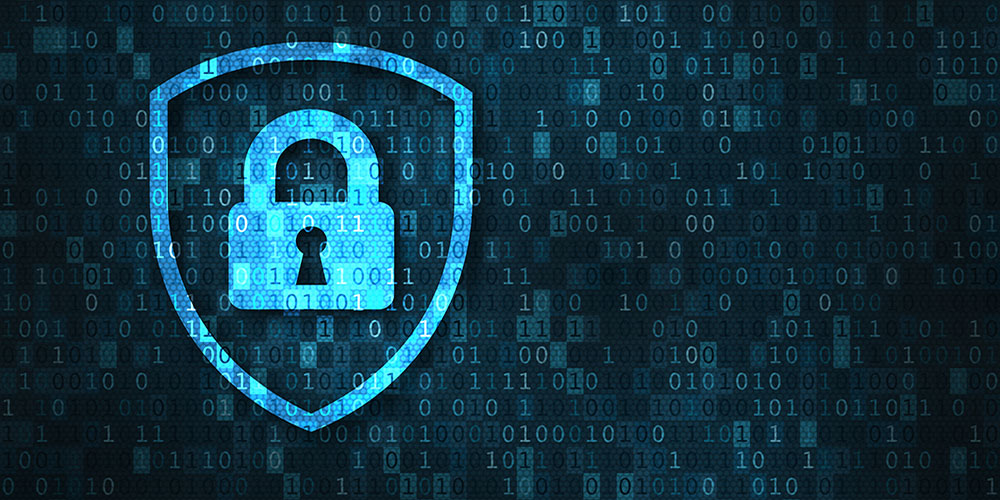6 Ways to Improve Cyber Security and Internet Safety on Your Campus
Starting with these tips below as a framework can help structure your campus’ internet safety plan and flesh it out to meet your institution’s needs.
In today’s hyper-connected world, the propagation and maintenance of internet safety knowledge and protocol is now a vital part of how institutions need to operate. The threat of cyber attacks is becoming increasingly common and can result in devastating, costly breaches that have created irreversible damage and even shut the doors for many institutions over the last few decades.
If you are responsible for the safety of a campus, it is not just physical or natural emergencies you need to deal with. Cyber security and internet safety must be included in your protocols and strategies alongside more traditional security concerns.
The cyber security statistics are grim: 623 million ransomware attacks were reported worldwide in 2021, an increase of more than 100% over the previous year. The numbers of both attacks and damages are increasing. The consequences of a cyber attack can be severe. Depending on the type of attack and how successful it is, ramifications can include:
- Temporary or complete loss of access to computers, servers, networks, or digitally powered systems (including systems that operate keypad entries, lights, energy usage, and more)
- Data theft, compromise, alteration, tampering, or destruction
- Monetary (or other assets) loss due to hacking
- Sensitive information leaked to the public
…And potentially other harmful results as well.
Though the world of cyber aggression and cyber crimes changes constantly, there are a few basic forms of cyber crime activities that have been predominantly used over the past decade to compromise both individuals and institutions:
Phishing refers to using fake emails to either extract sensitive information (like passwords or identity information) or trick readers into clicking links or downloading and installing software that is actually harmful in nature. When targeting individuals, this might be an email made to look like that person’s bank or branded to mimic an institution with which that person has an account or membership.
When…


